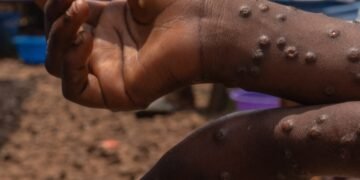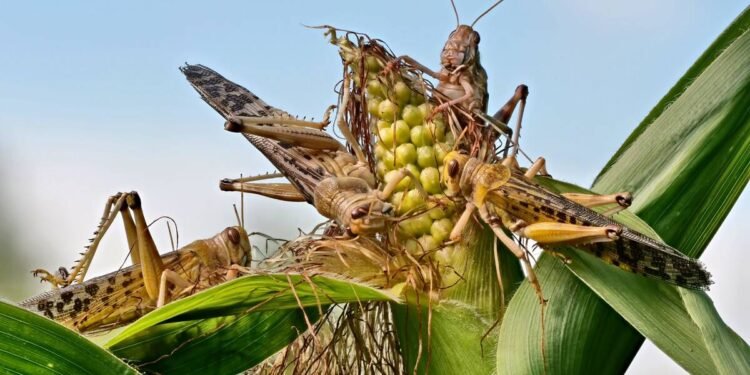Govt should seek global support on locusts
IN A country like ours, which has a fragile food security status due drought and extreme weather patterns, it is a matter of serious concern that African migratory locusts and red locusts have invaded some parts of Western Province and Central Province.
This outbreak occurs as the country is recovering from a catastrophic drought brought on by El Nino, which left many starving and experiencing severe food insecurity.
Many people, particularly small-scale farmers, are expected to be thrown into extreme poverty and starvation as a result of this destruction. Huge losses are anticipated when it comes to investments in inputs like seed, fertiliser and labour. This is due to the fact that red locusts are naturally extremely destructive pests that, according to their eating habits, have the capacity to completely destroy crops, leaving an entire field desolate within hours.
A single large swarm of locusts can consume about two million metric tonnes of vegetation in a single day, according to the Centre for Coordination of Agricultural Research and Development for Southern Africa (CCARDESA). As a result, when they attack a crop field, thousands of hectares of crops may quickly vanish.
Controlling a swarm of locusts is quite challenging, much like chasing a moving object. Swarm control cannot be done by individual farmers – it requires concerted efforts at community, regional and international levels.
The announcement by Central Province permanent secretary Dr Milner Mwanakampwe of the outbreak first recorded in Mumbwa District in two agriculture camps namely Nalubanda and Muchabi is worrisome. These camps are located 65 kilometres and 102 kilometres away from the Mumbwa Central Business District (CBD)
Dr Mwanakampwe, however, said three districts namely Shibuyuji, Ngabwe and Chibombo have not yet reported infestation of the dangerous pests.
He said the areas that had not recorded the outbreak stood a higher chance of being infested because of their proximity to Lukanga Swamps and the Kafue Plains, which were already infested.
Dr Mwanakampwe warned that the locusts that mainly feed on vegetation and cereals were capable of consuming up to 160 tonnes of vegetation in a single day and can travel over 300 kilometres overnight.
It is important for the New Dawn government to cooperate with countries at the regional and global levels to curb this new infestation.
It should not be allowed to spread farther because the consequences will be dire for the local people and the entire nation.
Zambia and neighbouring countries in the Southern African Development Community (SADC) are at a higher risk of infestation because they are located south of the equator. As a result, international and regional cooperation is crucial. At that level, countries can easily control them and carry out surveillance in the known breeding sites.
The outbreak has in the past been connected to climate change. Extreme weather phenomena such drought, high temperatures and heavy rains in some places support the breeding and outbreak of some pests. This makes the need for more productive regional and global cooperation even more compelling.
There is also need to urgently invest in technology for locust surveillance and control to avoid any outbreaks of the African migratory locusts and the red locusts.
These pest could be effectively controlled and managed with a mix of enhanced surveillance, new technologies and international cooperation. The challenge of these pests is too great for individual farmers to contain. The distress they experience when the locusts cause the sky to darken during the day, and the contemplation of the ensuing destruction can be heartbreaking. Act now to ensure national food security.
























